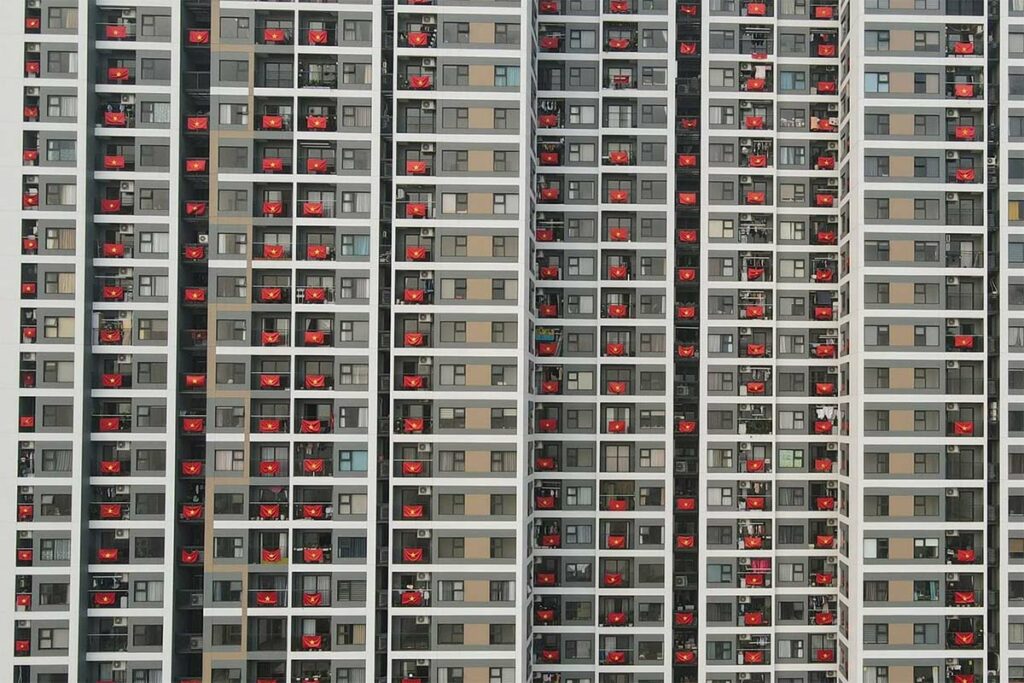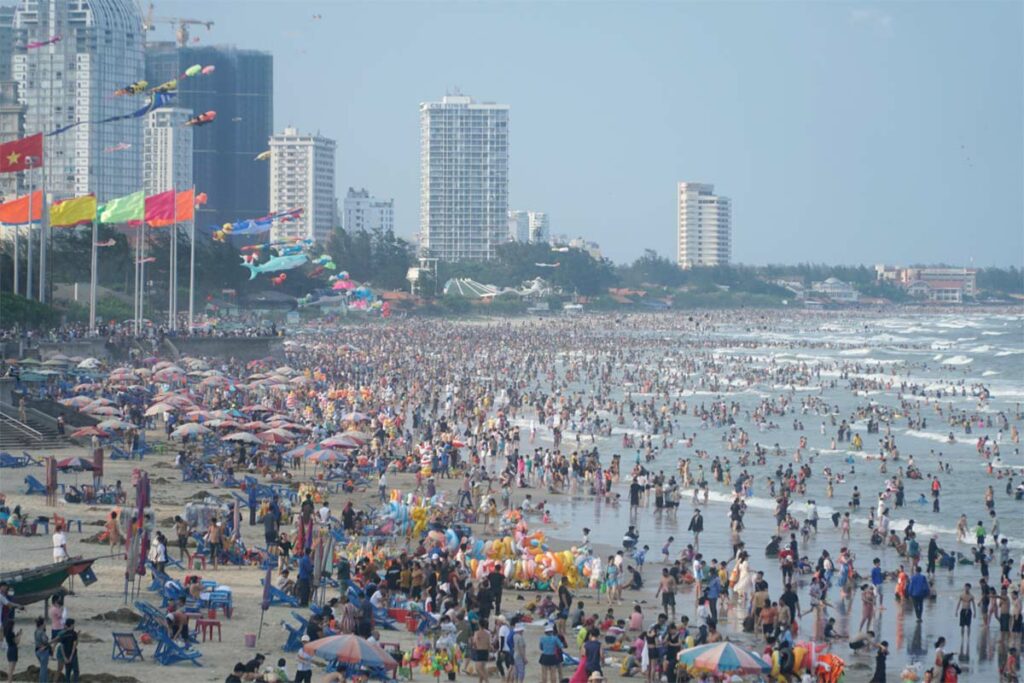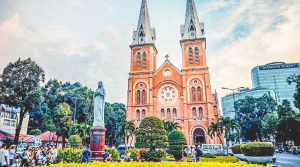Reunification Day in Vietnam, celebrated on April 30th, commemorates the reunification of North and South Vietnam and the end of the Vietnam War. It holds significant historical importance, marking the formation of the Socialist Republic of Vietnam. The day is observed with various events and celebrations, reflecting the unity and resilience of the Vietnamese people.
History of Reunification Day
Reunification Day, also known as Victory Day or Liberation Day, commemorates a significant event in the history of Vietnam—the reunification of North and South Vietnam and the end of the Vietnam War. Here is a detailed history behind Reunification Day
The Vietnam War took place from 1955 to 1975. It involved North Vietnam, supported by communist allies, and South Vietnam, supported by the United States and other anti-communist countries.
Dividing north & south Vietnam
Following the Geneva Accords of 1954, Vietnam was temporarily divided into two parts at the 17th parallel. The North, led by Ho Chi Minh and the communist forces (Viet Minh), established the Democratic Republic of Vietnam with its capital in Hanoi. The South, under President Ngo Dinh Diem, formed the Republic of Vietnam with its capital in Saigon.
The war
As tensions escalated between the two regions, the United States gradually increased its military involvement in South Vietnam to prevent the spread of communism. The conflict intensified, leading to a full-scale war with heavy casualties on both sides and significant devastation.
The reunification of Vietnam

The North Vietnamese forces launched a final offensive in 1975. On April 30th, North Vietnamese tanks broke through the gates of the Presidential Palace in Saigon (now Ho Chi Minh City), signaling the fall of Saigon. This marked the end of the Vietnam War and the reunification of Vietnam.
Since then, April 30th has been commemorated as Reunification Day in Vietnam.
Celebrations of Reunification Day
Celebratory events

Throughout the country, various celebratory events take place on Reunification Day. These can include parades, cultural performances, fireworks displays, exhibitions showcasing historical artifacts and photographs, and public gatherings to commemorate the significance of the day.
Traveling

If April 30th falls on a weekday, it creates a consecutive holiday period, as it is often followed by International Labor Day on May 1st. This combination results in several days off, giving people an opportunity to take a break from work or studies. it is actually one of the biggest holidays in Vietnam.
A significant number of Vietnamese people choose to go on vacations or engage in domestic and international travel. Popular destinations within Vietnam include coastal cities such as Da Nang, Nha Trang, and Phu Quoc, where people can relax by the beach or explore tourist attractions.
Family reunions
Reunification Day holds strong cultural and family significance. Many Vietnamese take advantage of the holiday to return to their parents’ hometowns or gather with their extended families. It is a time for family reunions, sharing meals, and strengthening bonds.
When is Reunification Day
Vietnamese Reunification Day is celebrated on April 30th each year.
If April 30th coincides with a weekend, the country grants an additional day off on the following weekday.
Traveling during Reunification Day in Vietnam
When visiting Vietnam during Reunification Day, you can expect a vibrant and festive atmosphere. It is a fantastic opportunity to immerse yourself in the local culture and experience the celebrations firsthand. However, it’s important to be aware of a few considerations:
Due to the extended holiday period, many Vietnamese people choose to travel within the country. As a result, many accommodations in popular destinations tend to be fully booked. It is advisable to make accommodation reservations well in advance to secure a place to stay. Similarly, buses, trains, and flights may experience high demand, so you should consider booking your transportation tickets ahead of time.
Some popular tourist attractions may become crowded during Reunification Day, particularly in well-known cities and cultural hotspots. To avoid the crowds, you can opt to explore off-the-beaten-path destinations.








